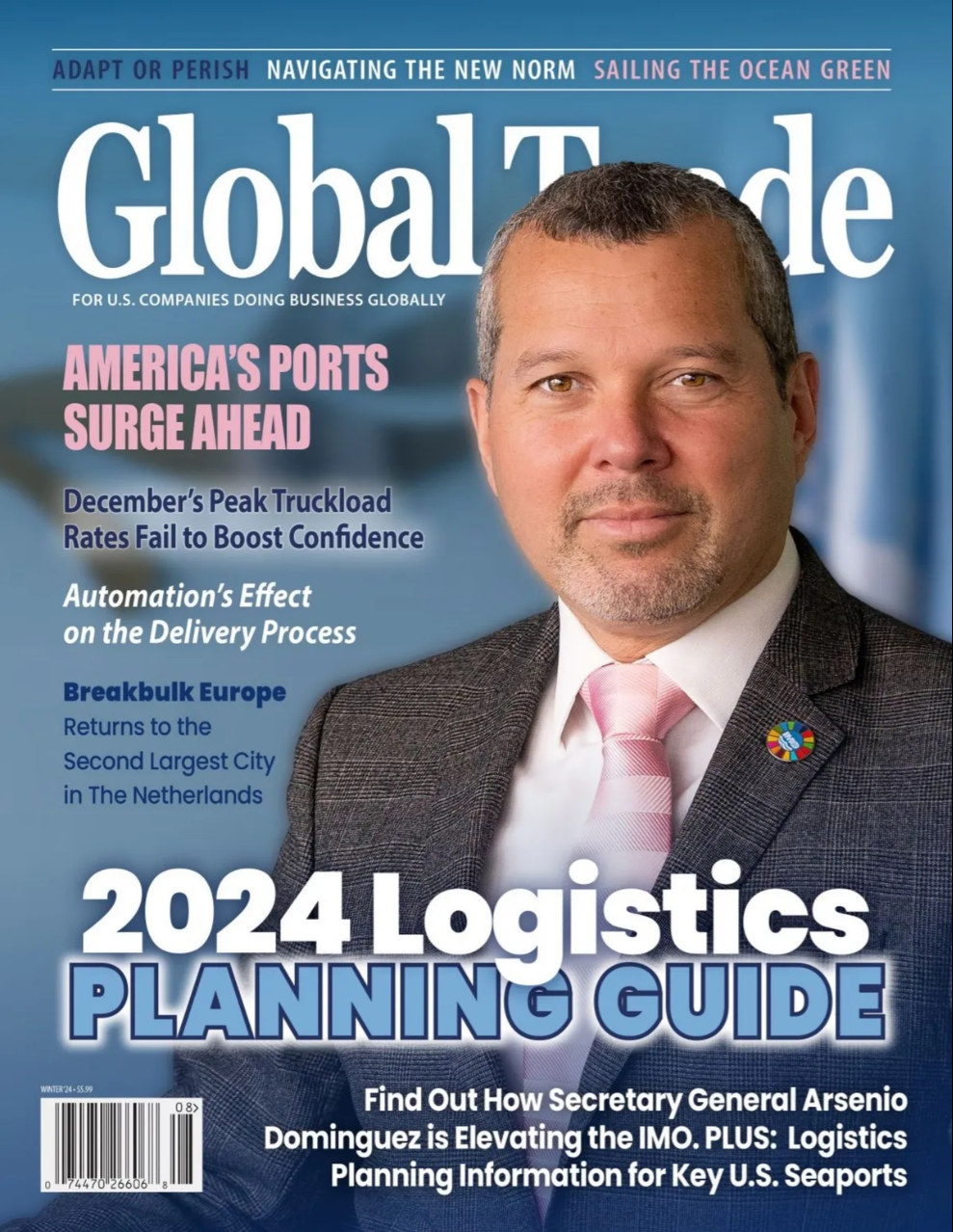A quick look at the current shipping industry will show you that there is no shortage of freight brokerage businesses. Numerous companies offer their services all around the world, with various degrees of quality and cost. So, among all that competition, is there a way for you to grow your freight brokerage business? The short answer is yes, there is. But, like with most things in freight shipping, it is not going to be easy.
Understanding the ongoing changes in the freight industry
Growing your freight brokerage business is a multilayer process that we will elaborate on in the following passage. But before we do, it is important to give you a perspective of what the current shipping industry is like. Even before COVID-19 hit, the shipping industry as a whole was experiencing some significant changes. So, while we will go over the most notable aspects, keep in mind that these are just some broad strokes. Technological advancements, both in logistics and in shipping capabilities, came as quite a surprise.
Developments in AI allow for a much greater sense of efficiency and safety, which is why future freight companies won’t be able to stay competitive without it. Eco-friendliness is also a significant concern as fossil fuels tend to be the least-favorite choice among the current companies. We are still far from relying solely on renewable energy sources, but energy development is going in an eco-friendly direction. The final point to keep in mind is that modern customers’ demands are higher than ever. Due to offers like overnight shipping, customers have grown to expect a high degree of service. So, if you are going to stay competitive, you need to ensure top efficiency.
Grow your freight brokerage business – step by step
Seeing how big the freight shipping industry is and how many emerging technologies there are, you shouldn’t try to tackle all of it. The safest way to grow your freight brokerage business is to outline a particular aspect of freight shipping and excel at it.
Step 1: Identify your target audience
Who your target audience depends on numerous factors. Your location, which services you have available, which industries are predominant in your area, etc. If you wish to grow your freight brokerage company, your primary job is to first outline your target audience. The clearer you can pinpoint to whom you can cater your freight brokerage service, the better. Seeing that finding new customers will likely be an ongoing task, we suggest that you outline the “Ideal customer”. That way, your employees can more easily identify potential customers.
Step 2: Outline their needs and requirements
The second step you need to take is to clearly outline the needs of your target audience. You will likely have an idea of what they need. But you won’t have the complete picture until you start doing research and asking questions. Most agents will be more than happy to outline their needs and whether the current provides are satisfactory. Some might even give you ideas on which services are most lacking and where you can easily get ahead of your competition.
Step 3: Improve your technology so that it can facilitate the needs of your customers
Once you understand the needs of your audience, you need to alter your company so that it can best fulfill them. By this, we mean implementing new technologies that allow for more efficiency. Apart from logistics technologies, you can look into CRM solutions and communication technologies to help your customers more expediently.
Step 4: Tackle marketing with due care
One of the common mistakes people make in the freight industry is not tackling marketing with enough vigor. Believing that having a simple website or running a social media profile is enough for a serious company is something you ought to avoid. To draw in and keep your audience, you need to run an active website. This not only means tackling your SEO and posting the necessary blogs. But also managing your social media and ensuring that you have the proper brand recognition. Good freight brokers know that projecting an idea of efficiency and stability is essential to drawing in new customers. And the only way to make that possible is to adapt your online presence to your needs and ensure that your marketing is on point.
Step 5: Set up performance metrics and keep track of your endeavors
Finally, to ensure that your effort produces results, you need to set up performance metrics. Besides measuring how many new customers you get each month, you also need to track how effective your marketing is. Even in B2B marketing, you need to invest substantial funds to develop an online presence. So, do yourself a favor and ensure that your investments are paying off. By setting up clear performance metrics, you can see how your business decisions impact your revenue and whether you need to make any alterations.
Final thoughts
The main point to keep in mind to grow your freight brokerage business is to stay within your niche. The better you can outline what your target audience needs, the easier it will be to make cost-effective business decisions. If you manage to become the top local freight brokerage business within an area, we are sure that you will have no problem spreading your business out to other areas. But, it is essential to develop a healthy base and a firm understanding of what your customers need. Modern industry requirements don’t allow you to spread yourself too thin. Doing so is not only ineffective but is likely to cause you substantial loss in revenue. And seeing how fierce the competition is, it has become more important than ever to excel within a relatively small niche.
___________________________________________________________________
Ryan Smith has worked as a shipping manager and a logistics consultant for over 20 years. He now focuses on writing helpful articles for tbmoving.com and other relocation and shipping companies, as well as providing consultation for large-scale logistics planning.











